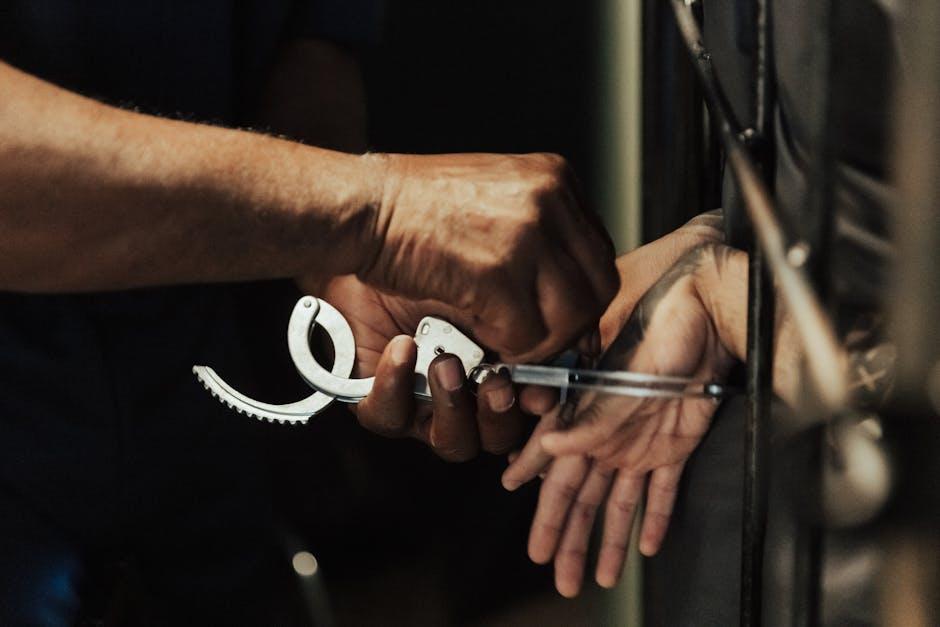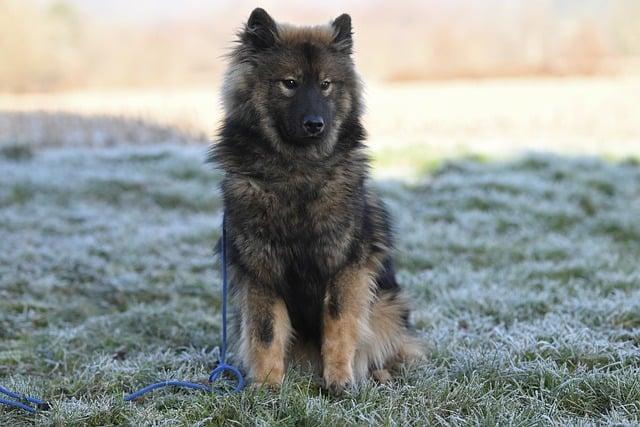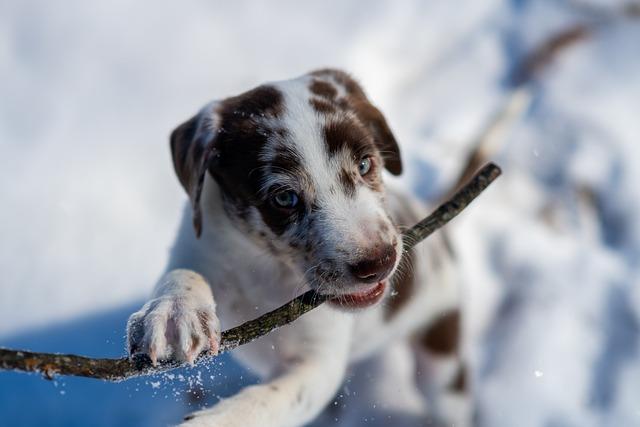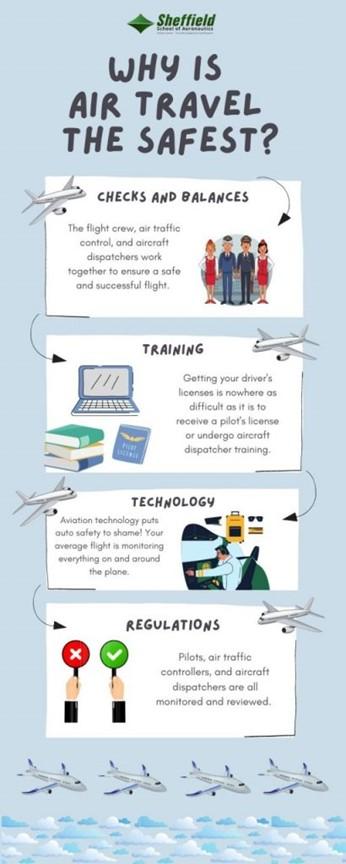When Max, a playful golden retriever, chewed up his owner’s favorite pair of shoes, panic set in. Instead of yelling, his owner calmly redirected him to a chew toy, reinforcing positive behavior. This approach not only taught Max what was acceptable but also strengthened their bond. Punishing a dog harshly can lead to fear and confusion. Instead, focus on prevention and redirection. By understanding your dog’s needs and providing appropriate outlets for their energy, you can foster good habits and a happier home.
Contents
- Understanding the Root Causes of Destructive Chewing in Dogs
- Effective Strategies for Redirecting Chewing Behavior
- Positive Reinforcement Techniques to Encourage Appropriate Chewing
- Establishing a Consistent Discipline Routine for Long-Term Success
- Q&A
Understanding the Root Causes of Destructive Chewing in Dogs
Destructive chewing in dogs often stems from a variety of underlying issues that can be addressed with proper understanding and management. One of the primary reasons for this behavior is **boredom**. Dogs are naturally curious and energetic creatures; when they lack sufficient mental and physical stimulation, they may resort to chewing as a way to entertain themselves. Providing engaging toys and regular exercise can significantly reduce this tendency.
Another common cause is **anxiety**. Dogs may chew destructively when they feel stressed or insecure, particularly during events like thunderstorms, fireworks, or when left alone for extended periods. Identifying the triggers of your dog’s anxiety is crucial. Implementing calming techniques, such as creating a safe space or using anxiety-reducing products, can help alleviate this behavior.
Lastly, **instinctual behavior** plays a role in why dogs chew. Chewing is a natural activity that helps dogs explore their environment and maintain their dental health. Understanding that this behavior is instinctual can help pet owners approach the situation with empathy rather than frustration. By channeling this instinct into appropriate outlets, such as chew toys or interactive games, owners can foster a healthier relationship with their pets while minimizing destructive chewing.
Effective Strategies for Redirecting Chewing Behavior
Redirecting your dog’s chewing behavior requires a proactive approach that focuses on positive reinforcement rather than punishment. One effective strategy is to provide your dog with a variety of appropriate chew toys. These toys should be durable, engaging, and suited to your dog’s size and chewing strength. By offering alternatives, you can satisfy their natural urge to chew while steering them away from household items.
Another technique involves creating a structured environment that limits access to items you want to protect. Use baby gates or crates to confine your dog to a safe area when you cannot supervise them. This not only prevents unwanted chewing but also helps your dog learn which areas are off-limits. Gradually increase their freedom as they demonstrate good behavior, reinforcing their understanding of boundaries.
Incorporating interactive playtime into your dog’s routine can also significantly reduce destructive chewing. Engaging your dog in regular exercise and mental stimulation can help expend excess energy that might otherwise be directed towards chewing. Activities such as fetch, tug-of-war, or puzzle toys can keep your dog entertained and focused, making them less likely to seek out inappropriate items to chew on.
Lastly, consider using positive reinforcement techniques to encourage good behavior. When your dog chooses to chew on their toys instead of your belongings, reward them with praise, treats, or playtime. This not only reinforces the desired behavior but also strengthens the bond between you and your dog. Remember, consistency is key; the more you reward good choices, the more likely your dog will repeat them.
Positive Reinforcement Techniques to Encourage Appropriate Chewing
Encouraging your dog to chew on appropriate items can be achieved through positive reinforcement techniques that promote good behavior. By rewarding your furry friend for chewing on designated toys or treats, you can effectively redirect their chewing habits. This method not only fosters a stronger bond between you and your pet but also helps them understand what is acceptable to chew on.
One effective strategy is to consistently reward your dog when they choose their toys over household items. Use treats, praise, or playtime as incentives. For instance, if you catch your dog chewing on their toy, immediately offer a treat and verbal praise. This reinforces the idea that chewing on their toys leads to positive outcomes, making them more likely to repeat the behavior.
Another technique involves creating a designated chewing area. Set up a comfortable space with various chew toys and bones. When your dog uses this area, shower them with affection and rewards. This not only encourages them to chew in the right place but also helps them associate that specific area with positive experiences, further solidifying the desired behavior.
Lastly, it’s essential to be patient and consistent with your approach. Dogs thrive on routine and clear expectations. By maintaining a steady reinforcement schedule and ensuring that your dog has access to appropriate chewing options, you will gradually see a shift in their behavior. Remember, the goal is to create a positive environment where your dog feels encouraged to make the right choices, ultimately leading to a happier and more well-behaved companion.
Establishing a Consistent Discipline Routine for Long-Term Success
Establishing a consistent discipline routine is crucial for addressing unwanted behaviors in dogs, such as chewing on inappropriate items. When a dog chews something it shouldn’t, it’s essential to respond promptly and effectively to reinforce the desired behavior. This involves not only correcting the action but also redirecting the dog’s energy towards acceptable alternatives. A well-structured approach will help your dog understand boundaries and expectations, ultimately leading to a more harmonious living environment.
To effectively manage your dog’s chewing habits, consider implementing the following strategies:
- Immediate Correction: When you catch your dog in the act, use a firm but calm voice to say “no” or “leave it.” This immediate feedback helps your dog associate the behavior with a negative response.
- Redirect Attention: After correcting the behavior, provide a suitable chew toy or bone. This not only distracts your dog but also teaches them what is acceptable to chew on.
- Positive Reinforcement: When your dog chooses the appropriate item to chew, praise them enthusiastically. This reinforces the idea that chewing on their toys is a positive behavior.
- Consistency is Key: Ensure that all family members are on the same page regarding discipline. Consistent responses to chewing will help your dog learn faster.
In addition to immediate corrections, it’s vital to assess the underlying reasons for your dog’s chewing behavior. Dogs often chew out of boredom, anxiety, or a lack of exercise. By addressing these root causes, you can significantly reduce the likelihood of destructive chewing. Engaging your dog in regular physical activity and mental stimulation can alleviate boredom and anxiety, making them less likely to resort to chewing on furniture or shoes.
patience and persistence are essential components of any discipline routine. Changing a dog’s behavior takes time, and setbacks are a natural part of the process. Celebrate small victories and remain committed to your training plan. By establishing a consistent routine and maintaining a positive attitude, you’ll foster a trusting relationship with your dog, paving the way for long-term success in curbing unwanted chewing behaviors.
Q&A
-
What is the best way to punish my dog for chewing?
Instead of punishment, focus on redirecting your dog’s behavior. Use positive reinforcement to encourage them to chew on appropriate items, such as toys. This approach fosters a trusting relationship and helps your dog learn what is acceptable.
-
Should I scold my dog after they chew something?
Scolding your dog after the fact is ineffective, as they won’t associate the reprimand with the action. Instead, catch them in the act and redirect them to a suitable chew toy, reinforcing the desired behavior immediately.
-
How can I prevent my dog from chewing on furniture?
Provide plenty of appropriate chew toys and engage your dog in regular playtime. Additionally, consider using deterrent sprays on furniture to make them less appealing. Consistency in training will help your dog understand what is off-limits.
-
Is it ever appropriate to use physical punishment?
No, physical punishment can lead to fear and anxiety, damaging the bond between you and your dog. Instead, focus on training techniques that promote positive behavior and reinforce good habits through rewards and encouragement.
effective discipline for your dog’s chewing habits requires patience and consistency. By understanding their behavior and implementing positive reinforcement, you can guide them towards better choices. Remember, a well-trained dog is a happy dog!

大家好,我是彼得潘,專業的手法身體治療師。我喜歡探索和研究各種主題,並透過與人工智慧的合作分享專業、實用、有趣的文章。我們定期進行人工審核,以確保內容的準確性。如果您發現文章中有任何不準確的地方,請隨時與我們聯繫,我們會及時糾正。您可以透過 [email protected] 與我們聯繫。



